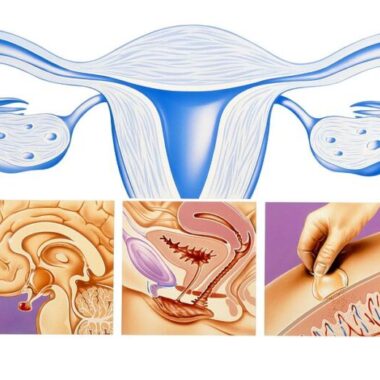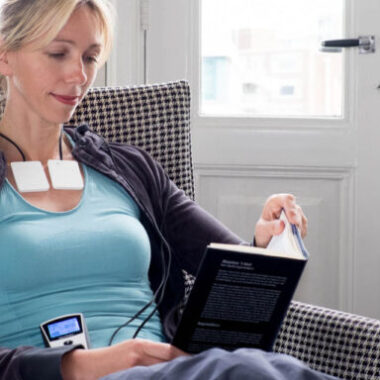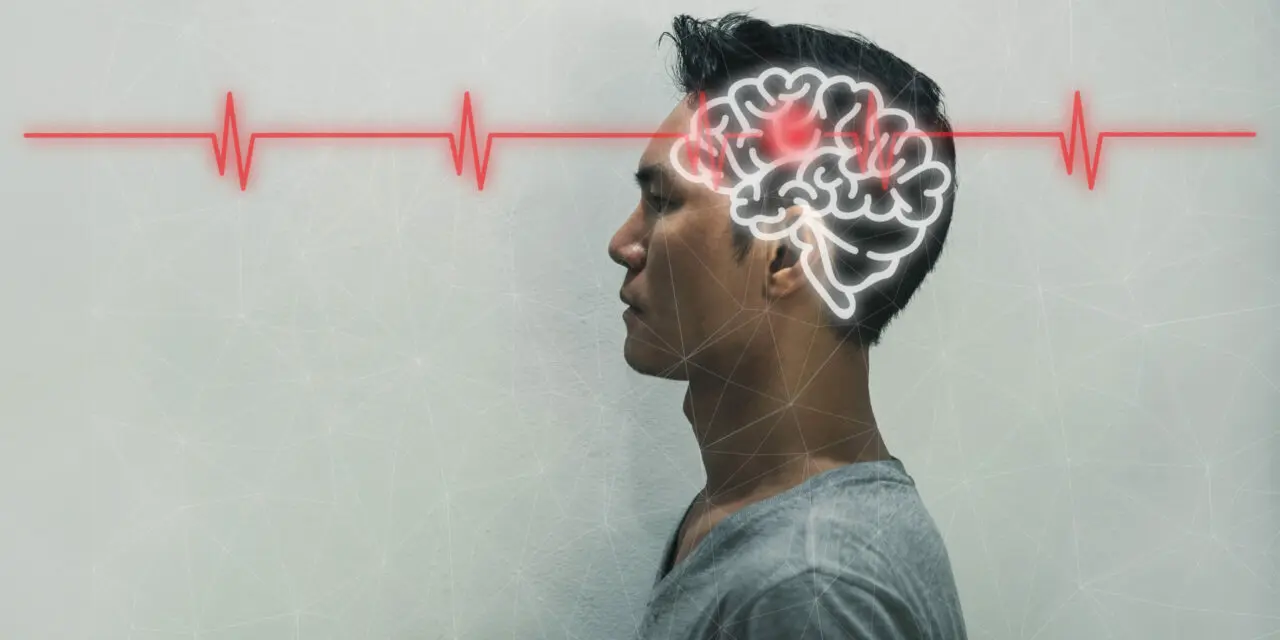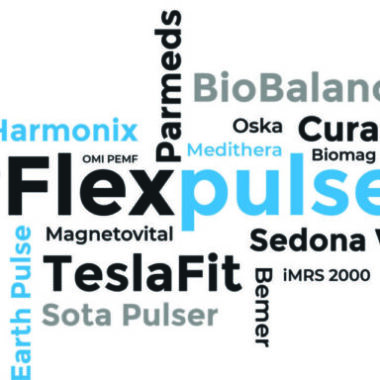Can PEMFs Help Insomnia?
Table of Contents

Getting quality sleep is essential to good health. However, at least 20 % of the population will have trouble getting enough sleep at some point in their lives. Insomnia is the most common sleep disorder, followed by sleep apnea. While insomnia is not a disease, if it becomes chronic, it can certainly lead to some serious health concerns.
Most people require 7-8 hours of quality sleep per night to stay in good health. Prolonged periods of poor sleep can lead to difficulties with cognitive functioning, heart problems, high blood pressure, stroke, diabetes and depression, as well as other health issues. Lack of sleep can also age your skin, reduce sex drive, cause accidents, increase risk of depression and anxiety, and lead to weight gain.
WHAT CAUSES INSOMNIA?
Insomnia can be characterized by a number of different sleep disturbances: difficulty falling asleep at bedtime, waking up multiple times throughout the night, waking up and staying awake for long periods of time before going back to sleep, or waking very early in the morning.
There are numerous reasons that insomnia occurs. A number of health conditions such as chronic pain, sleep apnea, restless leg syndrome, or hormonal imbalances can be behind disrupted sleep.
Chronic pain can make falling asleep difficult, or prompt repeated waking throughout the night. Chronic pain also impacts mood, including depression and anxiety. Anxiety can keep you awake at night as you run through your long list of worries. This includes what might be causing your chronic pain.
Sleep apnea, or pauses in breathing during sleep, can cause sporadic sleep, but often goes unnoticed. This can be dangerous because these repeated awakenings can mean you’re sleep deprived, and you may not even know it.
Physiological urges, such as hot flashes or the need to use the bathroom, can also get you up at night. Sensitivity to electromagnetic fields can be behind poor sleep patterns. Background electromagnetic fields, such as a wifi signal in the home, or even in a neighbor’s home, can interrupt sleep. Smart meters can also interfere with quality sleep.
Some people with extreme sensitivity can have their sleep interrupted by a simple clock radio, or electronic equipment that’s off, but plugged in with a power light on. That’s why it’s so important to keep devices out of the bedroom.
Since there are so many things that can disrupt sleep, and sufficient quality sleep is so important, many doctors will take steps to help their patients with insomnia. Unfortunately, the most common treatments are prescription medications.
While these might help you sleep, they don’t come without their own problems, including addiction issues and uncomfortable side effects. Lower-risk methods of addressing poor sleep are desperately needed, and PEMFs fit the bill. I’ve longed explored how PEMFs can help with sleep, as they do with so many other health concerns.
BRAIN SIGNALS AND BIOLOGICAL RHYTHMS
Circadian rhythms refer to the 24-25 hour cycles that typically are in sync with day and night. Ultradian rhythms are 90-120 minute cycles occur multiple times per day, both day and night, within those circadian (daily) rhythms. Both are important to sleep.
Disruption of circadian rhythms is a common characteristic of sleep disorders. These circadian rhythms regulate hormone production and are crucial to human life. These internal clocks trigger a multitude of functional changes during sleep, such as brain activity, heart rate, respiration and movement. That’s why regulating these rhythms is so important.
Synchronizing brainwave patterns to adjust disrupted patterns to normal patterns is an effective treatment for sleep disorders. There are various methods for making these shifts, including PEMFs.
There are two primary stages of sleep: rapid eye movement (REM) and non-rapid eye movement (NREM). Intensity and frequency of brainwave activity is different in these two stages. While NREM sleep accounts for about 80% of total sleep time in adults, the most critical, restorative part happens during the slow wave sleep (SWS) parts of NREM sleep. Much of SWS occurs within the first three hours of sleep. This is when brainwave patterns are in the lowest frequencies, usually between 1-4 Hz.
Normal electroencephalogram recordings (EEGs) in sleeping individuals show that as you sleep, brain neurons undergo near-synchronous slow oscillations in brain cell membrane electrical activity. Studies show that high intensity Transcranial Magnetic Stimulation (TMS) pulse at <1 Hz causes an individual, high intensity EEG slow wave that originates under the coil and spreads over the cortex of the brain. These slow waves promote deep sleep and a more consistent increase in EEG deep or slow-wave activity (0.5-4.5 Hz). This slow-wave activity is believed to play a role in brain restoration and memory consolidation. (Massimini)
PEMFs, through what is called entrainment, can slow down or speed up the electrical activity of the brain, changing the frequencies, which has a positive impact on circadian rhythm. This process helps synchronize the brain waves to shift to more natural sleeping patterns, which leads to higher quality sleep.
RESEARCH SUPPORTS THAT PEMFS HELP INSOMNIA
There is a wealth of research on the impact of PEMFs on sleep (see reference link). A few particularly noteworthy findings are highlighted below.
In a double blind study, magnetic fields from a small battery-operated 0.5 mT/5 Gauss 4 Hz generator were tested for the effect on sleep. Sleep was monitored before treatment, and after both 2 and 6 weeks of treatment. The results were that this field and intensity reduced sleep disturbances in 83% of the group who received PEMF therapy, compared with 57% in the control group. (Fischer)
While changes can be seen in studies due to the “placebo effect,” the people who received active treatment had consistently better sleep results both at 2 and 6 weeks of treatment, with best results after 6 weeks. This suggests that with a weak intensity magnetic system, length of treatment can impact consistent results. Research is limited to the time frame studied, so there’s a lot we don’t know, including what happens when treatments are stopped, or how long people need to use treatment for continued benefits. Still, the fact that positive results were found is encouraging reinforcement that PEMFs can have a positive impact on sleep.
Another 4-week double-blind, placebo controlled study on impulse magnetic field therapy showed similar results. In this study, subjects were divided into three groups: people who had trouble falling asleep(sleep latency); those with interrupted sleep; and those who had nightmares. Researchers studied sleep latency, frequency of interruptions, sleepiness after rising, daytime sleepiness, difficulty with concentration, and daytime headaches.
Both active treatment and placebo groups showed improvement, but the results were significantly better in the active treatment group. 70% of people who received active treatment had substantial or complete relief from their symptoms. 24% had clear improvement, and 6% slight improvement. In the placebo group, only one subject experienced very clear relief, while 49% showed slight or clear improvement. 49% of the placebo group felt no change at all. (Pelka)
These are just two examples of the research which support the impact on PEMFs on insomnia. Though treatment courses in these studies are limited, they do show clear benefits. Another study compared the benefits of transcranial magnetic stimulation to other therapies, and the results showed greater benefit with less risk. PEMF stimulation is a safe, natural alternative for the treatment of sleep disorders.
THE IMPACT BEYOND SLEEP
While this article focuses on the positive impact on sleep, the benefits of using PEMF therapy regularly extend much further. PEMFs are effective for so many conditions – including chronic pain, hormonal imbalance, and healing from trauma, which are all conditions that can impact sleep quality as well.
In chronic pain situations, PEMFs can target the pain response centers in the brain to help regulate brain function. PEMFs help reduce overactive brain functioning and inflammation by repairing tissue and adjusting brain frequency functions.
PEMFs are effective in the treatment of neuropathy (nerve pain) because you can both target specific areas of pain, and treat the pain at its source, which may be very different than where the pain is felt. Nerve signals sent to your brain can get garbled, meaning you experience pain far from its original source. With a combination of treatment to the brain and along the spine, where signals are being sent, many patients can find relief from neuropathy using PEMF therapy – without dangerous medications.
PEMF therapy helps bring cells back to a normal state. Your body is then able to produce more normal cells. Cells that function properly are a fundamental component of hormonal balance. Hormonal imbalance is a side effect of problems in your endocrine system. Treatment with PEMFs can increase metabolism by charging cells, therefore improving balance of thyroid hormones. It can help balance cortisol, thus supporting adrenal gland functioning. PEMF therapy helps relieve symptoms of hormonal imbalance, including depression, anxiety, headaches, fatigue and sleep disorders by working on tissues at the cellular level.
PEMFs are highly effective in reducing the time it takes to heal from physical trauma. Studies have shown that PEMFs reduce healing time for fractures, as well as aid in recovery from concussions. PEMFs get to the source of the problem quickly by penetrating completely and easily through the tissues of the body and repairing cells.
Science shows that PEMFs are effective on all tissues in the body, which means the possible secondary benefits to PEMF treatment are almost endless.
REGULAR PEMF THERAPY IMPROVES SLEEP AND QUALITY OF LIFE
One of the best things about using PEMF therapy to treat insomnia is that it’s safe to be used for as long as you’d like. In fact, therapy should be continued even after symptoms subside, since there are so many underlying causes to every health condition and the body can take more time to more fully heal beyond when symptoms improve. When your sleep is back on track, for instance, it’s best to continue using PEMFs for continued quality sleep.
Having a home PEMF system is the easiest, most cost effective way to reap the benefits of PEMF therapy. When you invest in a device, it can be used not only for the immediate concern, but for many other health conditions in the future – as well as for preventative care.
The system you choose will depend on the intended use. It’s essential to understand the differences between PEMF machines, and which will be most effective in your unique situation. To discuss your needs and determine the best machine for you, call our medical office at (866) 495-7688 or sign up online for a consultation with one of our medical professionals.










